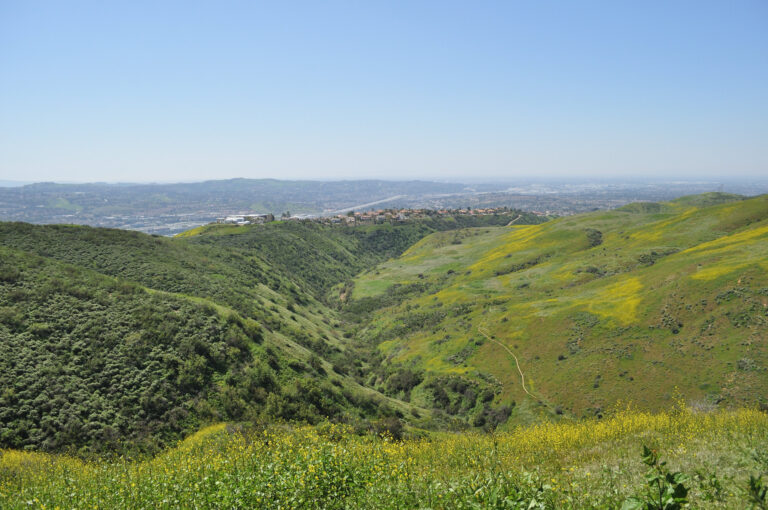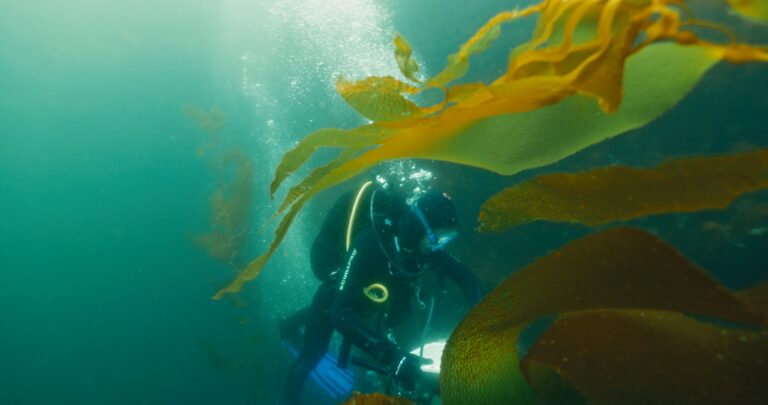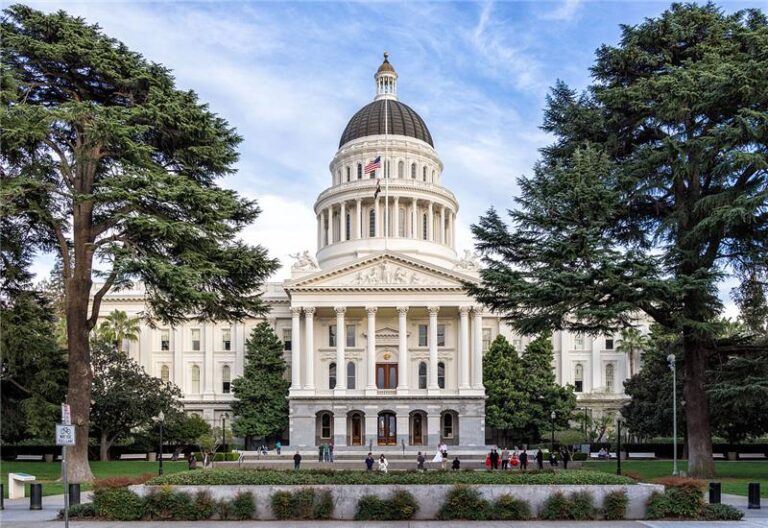FOR IMMEDIATE RELEASE
August 28, 2024
Contact: Erika Brink, erika@fcpcommunications.com, (951) 553-3561
Maria Lopez, Office of Assemblymember Ramos, maria.lopez@asm.ca.gov, (916) 712-9854
Ben Cheever, Office of State Senator Ben Allen, ben.cheever@sen.ca.gov, (916) 770-7605
Cameron Sutherland, Office of State Senator Steve Padilla, cameron.sutherland@sen.ca.gov, (916) 651-4018
Resources for Media: Please see here for photos or visit bit.ly/monument-photos
California Legislature Issues Bipartisan Call for New National Monuments
Tribal Leaders Join Legislators in Sacramento to Urge Action by the Biden Administration
Sacramento, CA – This week, the California Legislature urged President Biden to designate three new national monuments in the state. Championed by Assemblymember James Ramos, State Senators Ben Allen and Steve Padilla, and Assemblymember Eduardo Garcia, the State Assembly this week adopted Senate Joint Resolutions (SJRs) 16 and 17 with a strong bipartisan 74-0 vote.
“I am privileged to join California tribes, Senators Ben Allen and Steve Padilla, Assemblymember Eduardo Garcia, and other colleagues in the effort to add these historically and environmentally endangered sites to our nation’s network of national monuments,” said Assemblymember James C. Ramos (D – San Bernardino). “The Sáttítla, Chuckwalla, and Kw’tsán National Monuments represent lands long-valued and cherished by California’s First People for their cultural and sacred significance. Wildlife and natural resources existing on these lands will help us meet our state’s climate protection challenges and preserve irreplaceable natural and cultural treasures.”
SJRs 16 and 17 were also previously adopted by the State Senate in June with strong bipartisan support. These resolutions urge President Biden to use the Antiquities Act to designate the proposed Sáttítla, Chuckwalla, and Kw’tsán National Monuments and protect sacred Tribal lands in California. The Antiquities Act is a 1906 law that allows presidents to designate federal public lands, waters, and cultural and historical sites as national monuments with a Presidential Proclamation.
“The adoption of SJR 16 and SJR 17 continues California’s environmental leadership, in this case, the preservation and conservation of special lands,” said State Senator Ben Allen (D – Santa Monica). “Establishing the Sáttítla, Chuckwalla, and Kw’tsán National Monuments will permanently protect the richness of these lands for future generations, preserving the cultural and ecological bedrock of local and indigenous communities. As we continue to work to achieve our 30×30 goals, efforts like the establishment of these national monuments advance conservation that safeguards our environment and the needs and heritage of Californians.”
Following the adoption of the resolutions by the State Assembly, Assemblymember Ramos, State Senators Allen and Padilla, Assemblymember Garcia, members of the California Native American Legislative Caucus, and the leaders of the Pit River Tribe, the Torres Martinez Desert Cahuilla Indians, and the Fort Yuma Quechan Indian Tribe gathered in Sacramento to celebrate and issue their call to action to the president in support of the proposed monuments.
“These lands are a living landscape with interconnected cultural, natural, and spiritual significance and it is imperative that we take action to protect and preserve these sites,” said State Senator Steve Padilla (D – San Diego). “The creation of these national monuments would ensure their beauty endures for generations to come.”
The three proposed national monuments include the homelands of Tribes in northeastern California and the California Desert. Tribes are calling for the opportunity to co-steward their homelands as partners with federal agencies. Both resolutions also highlight that protecting these landscapes would be a critical step towards achieving California and US goals to protect 30 percent of lands and waters by the year 2030.
“We proudly stand alongside California Tribal leaders advocating in support of the proposed Chuckwalla National Monument, Sáttítla National Monument, and Kw’tsán National Monument,” said Assemblymember Eduardo Garcia (D – Coachella). “The protection and preservation of these natural lands of cultural, ecological, and historical significance is a priority as we aim to achieve our environmental justice and climate change goals. These monuments would encompass areas of my district carrying a profound history for our indigenous communities.”
The proposed Sáttítla National Monument includes over 200,000 acres of culturally significant, ecologically rich, and geologically unique land within the Shasta-Trinity, Klamath, and Modoc National Forests in northeastern California. Since time immemorial, the Pit River Nation has regarded Sáttítla as sacred, and this area remains a spiritual center for the Pit River and Modoc Nations as well as for surrounding Tribal Peoples. This sacred land remains integral to the cultural identity and spiritual practices of these peoples today. The Pit River Tribe initiated the call for this national monument and has been working for generations to protect this landscape from the threat of industrial development.
“These lands are more than just our history; they are the heart of our identity and the future of our people,” said Yatch Bamford, Chairman of the Pit River Tribe. “By designating Sáttítla as a national monument, we can safeguard this sacred place, ensuring that it remains intact for future generations who will continue to treasure it as we do today. SJR16 and 17, and this gathering of California’s elected leaders, demonstrates the overall support and the collective strength and determination of Tribal Nations and our allies to protect sacred landscapes from industrial development. Together we are calling on national leaders to honor these deep connections and preserve these treasured landscapes for generations to come. We stand united in our call for President Biden to act swiftly and engage the Antiquities Act to protect these lands in perpetuity.”
The proposed Chuckwalla National Monument includes approximately 627,000 acres of public lands in Riverside and Imperial Counties. It is located south of Joshua Tree National Park and reaches from the Coachella Valley region in the west to near the Colorado River in the East. This effort also proposes protecting approximately 17,000 acres of public lands in the Eagle Mountains adjacent to Joshua Tree National Park.
“The Desert is a rich tapestry of our heritage; it’s a living, breathing testament to our people’s resilience, our history, and our spiritual connection with nature,” said Chairman Thomas Tortez Jr. of the Torres Martinez Desert Cahuilla Indians. “Our footprints have been etched into the landscape since the beginning of time and we continue to provide stewardship over these lands and advocate for their protection. This profound bond is why we urge President Biden to establish the Chuckwalla National Monument.”
Six Tribes have called on President Biden to protect this cultural landscape: the Torres Martinez Desert Cahuilla Indians, the Fort Yuma Quechan Indian Tribe, the Cahuilla Band of Indians, the Chemehuevi Indian Tribe, the Colorado River Indian Tribes, and the Twenty-Nine Palms Band of Mission Indians.
“Since time immemorial, we have called the lands in the proposed Chuckwalla National Monument home,” said Secretary Altrena Santillanes of the Torres Martinez Desert Cahuilla Indians. “These lands contain thousands of cultural places and objects of vital importance to the history and identity of the Torres Martinez Desert Cahuilla Indians. We urge President Biden to designate this national monument.”
The Fort Yuma Quechan Indian Tribe has called on President Biden to designate the proposed Kw’tsán National Monument to protect more than 390,000 acres of the Tribe’s homelands in Imperial County. The proposed monument is part of a greater cultural landscape that connects to the Chuckwalla National Monument and the previously designated Avi Kwa Ame National Monument in Nevada. National monument status for Kw’tsán would provide protections for cultural and sacred sites and prevent new mining claims and large industrial development within its boundaries.
“I’m encouraged by the overwhelming support SJRs 16 and 17 received throughout the legislative process,” said Jordan D. Joaquin, President of the Fort Yuma Quechan Indian Tribe. “The California State Legislature’s support is an important milestone and gets us further along on our journey to national monument designation through Administrative action. We hope that our great state’s support speaks volumes to the Biden Administration about the importance of our sacred places and the value these landscapes have to our rich, thriving cultures. The Ft. Yuma Quechan Indian Tribe extends its deep gratitude to the champions who stood beside us every step of the way: State Senator Ben Allen, State Senator Steve Padilla, Assemblymember James Ramos, Assemblymember Eduardo Garcia, and Members of the CA State Native American Caucus.”
###
Assemblymember James C. Ramos proudly represents the 45th Assembly district that includes the Cities of Fontana, Highland, Mentone, Redlands, Rialto, and San Bernardino. He is the first and only California Native American serving in the state’s legislature. Ramos chairs the Assembly Budget Subcommittee #6 on Public Safety.



